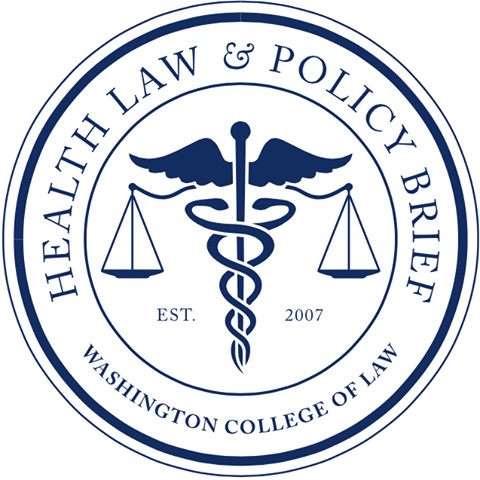President Trump released a new Executive Order on October 12, 2017, entitled, Promoting Healthcare Choice and Competition Across the United States. The Order sent a clear message to members of the U.S. Senate Committee on Health, Education, Labor, and Pensions, especially Chairman Lamar Alexander (R-Tenn.) and Ranking Member Patty Murray (D-Wash.). President Trump personally called both Senators Murray and Alexander and directed them to, ‘Come to a solution.’ However, once they came to a bipartisan solution, President Trump was no longer a supporter of the short-term fix, and neither was House Speaker Paul Ryan. Thus, with no support from the leadership, the bill died shortly after its release on October 18, 2017.
According to the nonpartisan Congressional Budget Office, the Bipartisan Health Care Stabilization Act of 2017, which was authored and negotiated by Senator Alexander and Senator Murray, would have (1) changed “the state innovation waiver process established by the ACA,” (2) “require[d] many insurers to pay rebates to individuals and the federal government related to premiums in the nongroup health insurance market for 2018, while allowing anyone in the nonmarket group to purchase a catastrophic plan,” and (3) “require[d] some existing funding for health insurance marketplace operations to be used specifically for outreach and enrollment activities for 2018 and 2019.” Ultimately, the bill was expected to change rules that insurers must meet as long as consumers are still offered “comparable” affordability.
Although 2018 Open Enrollment began on November 1, 2017, the future of bipartisan legislation on health care remains unclear. With tax reform efforts now in full swing, both the House and Senate are seemingly preoccupied, pausing all heath care efforts. While the tax legislation in the House differs from the Senate’s proposed legislation, both bills still share the same priorities – cutting corporate and individual taxes. Despite the proposed tax breaks for mortgage interest and medical expenses, some have maintained that reform is in essence, serving as “a back door to killing heath care, Medicare, and more.”
Moreover, ex-legislators from both parties have scrutinized the GOP’s plan to accomplish both tax and health care reform this year, but other sources have supported the possibility that heath care may still be addressed by the end of the year through the year-end spending package. Since the current government spending deal only lasts until December 8, 2017, Congress must pass an Omnibus spending package, or the government will face another shutdown. Speculations are stirring that if tax reform goes through, then bipartisan health care changes to the state innovation waiver process, and pay-as-you-go procedures could be swiftly added into the Omnibus bill voted on in December, potentially causing it to fly under the public’s political radar. This may be ideal for many conservative members that seek to avoid voting in favor of legislation that upholds any part of the Affordable Care Act (ACA). However, if health care were not addressed until 2018, then the legislation would convert ACA funding into block grants, and be authored by Senator Bill Cassidy (R-La.) and Senator Lindsey Graham (R-S.C.).
Nonetheless, proposed health care changes may serve as a legislative roadblock sooner than expected. Although the House passed major tax reform legislation on November 16, 2017, the Senate’s pending bill has a key difference. The Senate’s tax plan includes a provision that eliminates the legal requirement that nearly all Americans buy health insurance or pay a penalty. Since the legislation passed by the House kept the ACA’s individual mandate, the two chambers may have to resolve their different versions of the tax bill. So, stay tuned because the proposed health care changes will likely be addressed before the end of this year.
